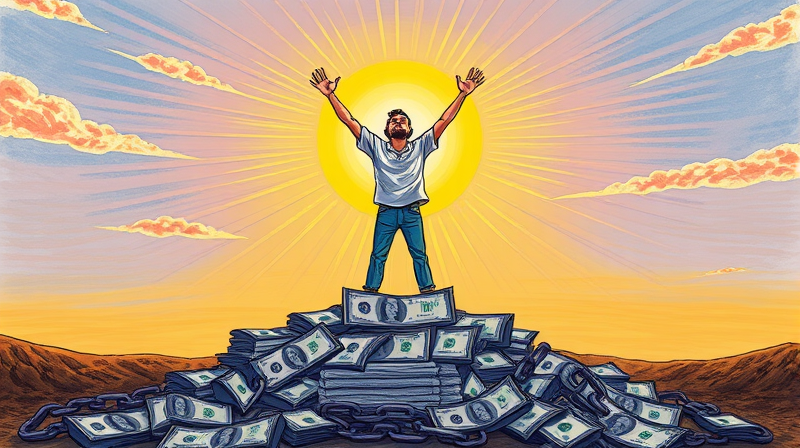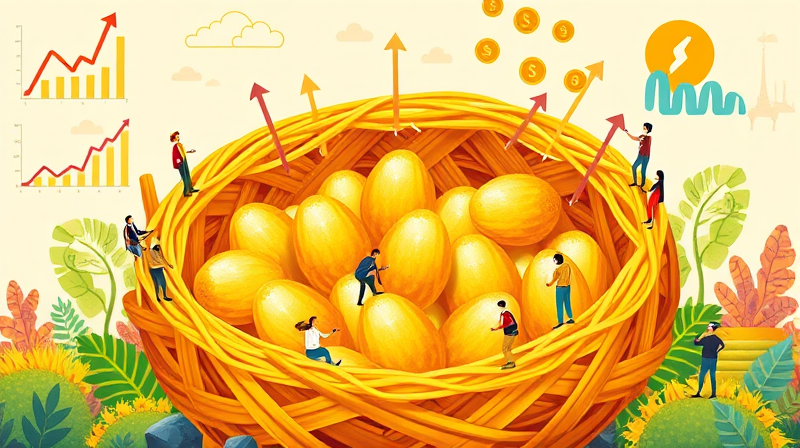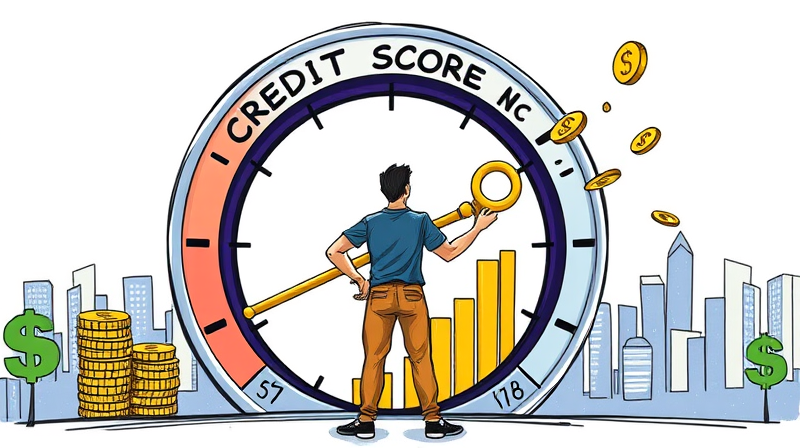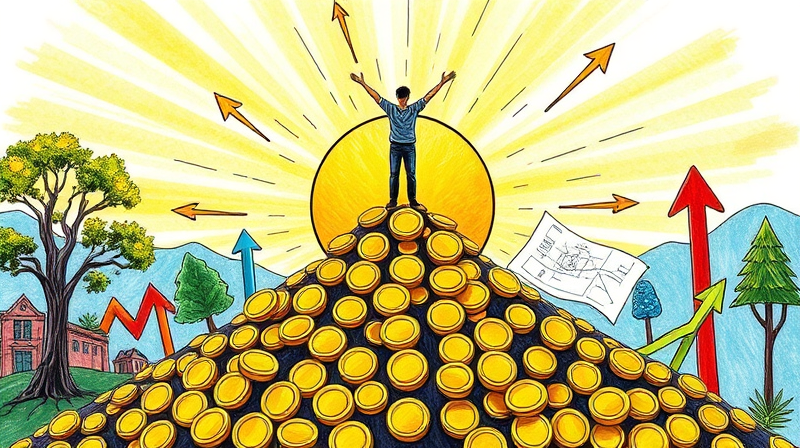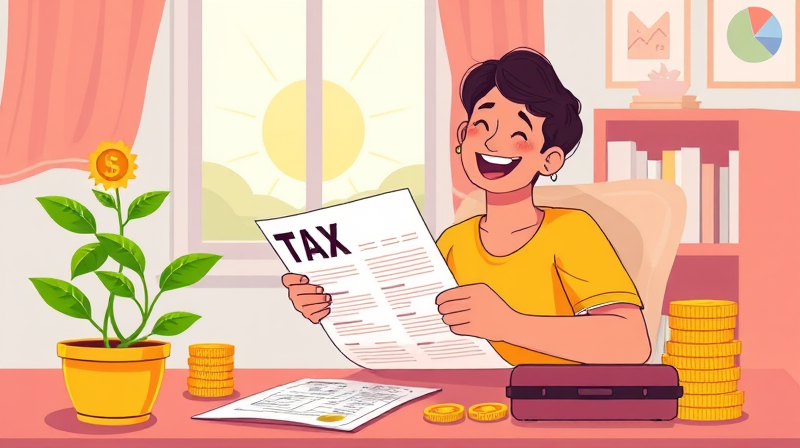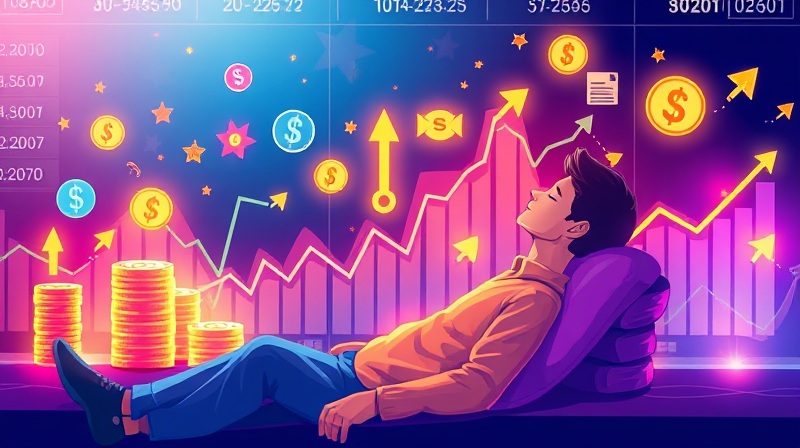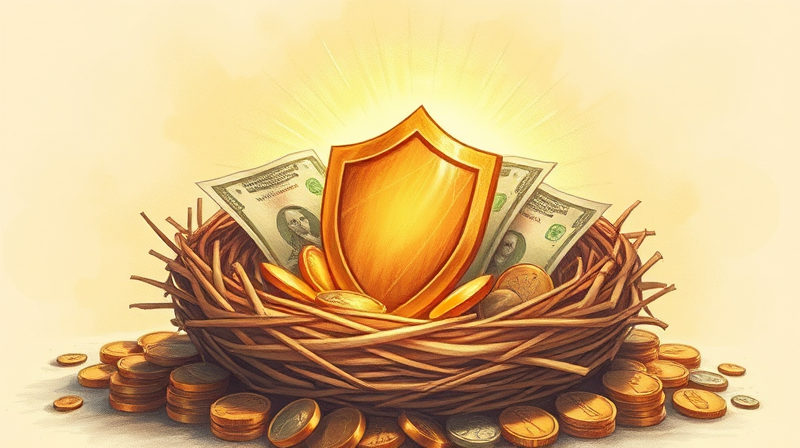
In an unpredictable world, an emergency fund is your strongest ally. It empowers you to handle life’s surprises without derailing your dreams.
An emergency fund is a dedicated savings account or cash reserve set aside specifically for unexpected expenses. Whether it’s medical bills, car repairs, urgent home maintenance, or sudden job loss, this fund serves as a financial buffer.
By maintaining a reserve, you avoid reliance on credit cards or disrupting long-term investments. This safety net preserves your financial well-being and prevents costly borrowing when emergencies strike.
Financial security and peace of mind stem from knowing you can cover unforeseen costs. Without such a fund, even minor setbacks can snowball into major financial crises.
Imagine losing your job and facing rent, utilities, and groceries without warning. An emergency fund shields you from hardship and ensures you can maintain stability until you find a new income source.
Beyond security, it promotes high-interest loans and debt cycles avoidance. When you have liquid savings, you won’t resort to payday loans or maxing out credit cards, sparing yourself from hefty interest charges.
Having a well-stocked safety net also grants freedom to pursue new opportunities—whether starting a business, furthering education, or taking a career pivot without paralyzing fear of financial collapse.
Experts typically advise saving three to six months of living expenses. Your ideal target depends on job stability, household size, lifestyle, and risk tolerance.
These guidelines are flexible. Adjust based on personal costs, upcoming life events, or local economic conditions.
Your emergency fund exists for true crises—not planned purchases or luxury items. Use it wisely:
Avoid dipping into it for:
Growing your safety net can feel overwhelming. Break it into manageable steps to maintain momentum:
Adopting these strategies builds consistent saving momentum over time, making your goal less daunting and more achievable.
Once you’ve reached your target, guard it carefully. Use the fund only for genuine emergencies, then prioritize replenishment immediately after any withdrawal.
Periodically review your goals as circumstances evolve. If your living expenses increase, adjust your target to maintain adequate coverage.
Failing to build a financial cushion can lead to serious repercussions. You may face stressful financial crises and mounting debt from high-interest borrowing.
Without a reserve, you risk derailing retirement plans, selling investments at a loss, or defaulting on essential payments, all of which harm your long-term financial health.
Building an emergency fund is a powerful act of self-care. It transforms uncertainty into confidence, allowing you to navigate life’s curveballs with resilience.
Start today—no matter how small your first deposit. Each contribution brings you closer to true financial independence and peace of mind.
References






